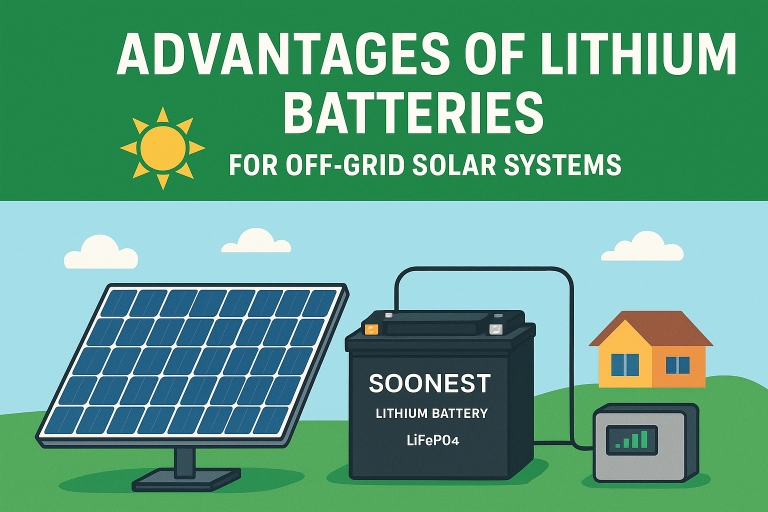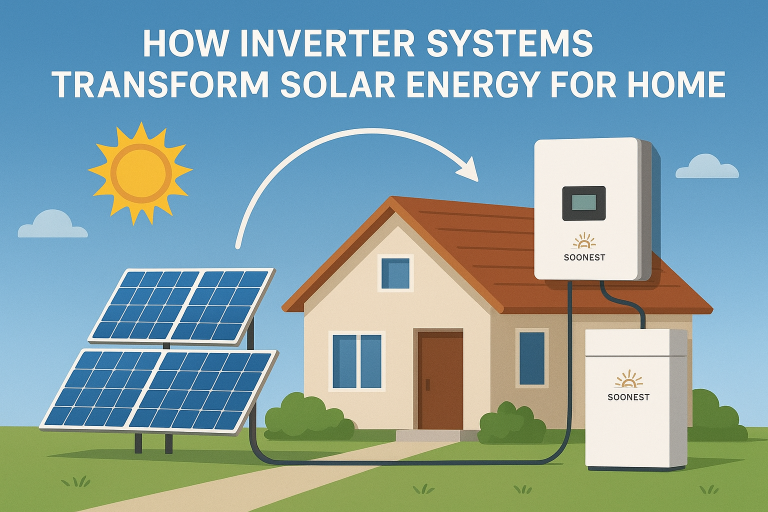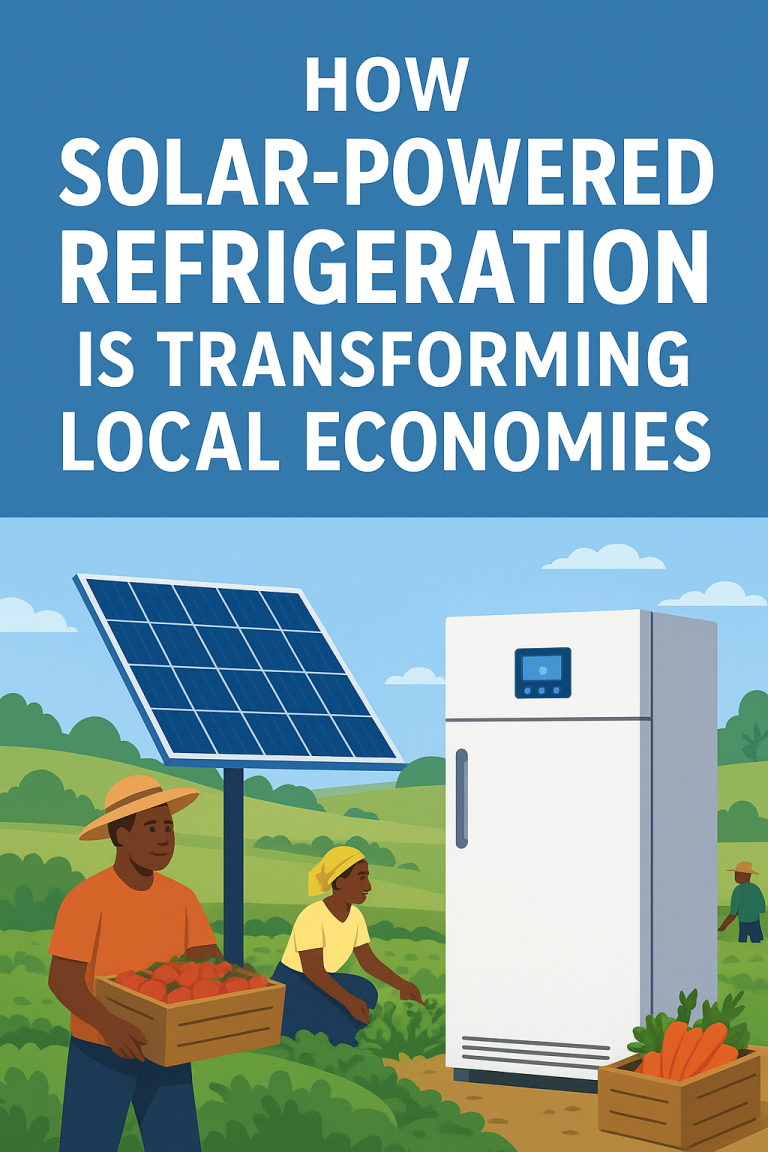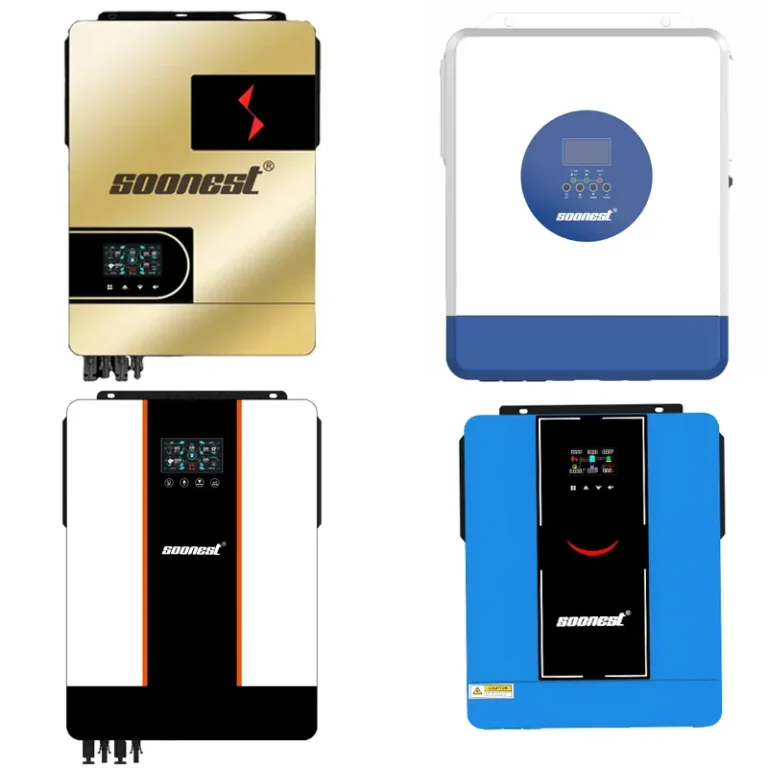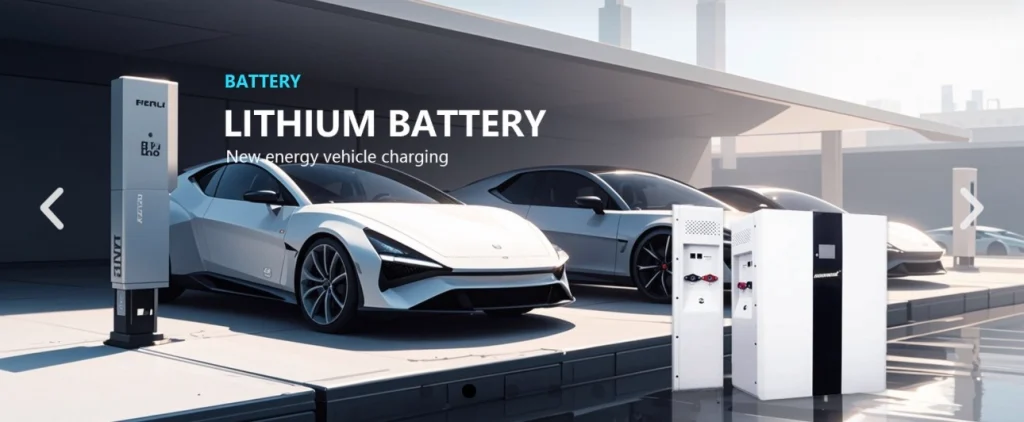
Baterias solares de lítio é uma maneira limpa e verde de alimentar coisas fora da rede. De RVs para casas solares, está mudando como armazenamos energia. Este guia explica como os painéis solares cargam baterias de lítio, truques de configuração, e o que afeta seu trabalho. Também mostra por que Mais cedo Nova Energia é um vendedor confiável de equipamentos solares sólidos.
Como os painéis solares geram energia para a carga de bateria de lítio?
Os painéis solares pegam a luz solar para produzir energia, que preenche baterias de lítio para muitos usos.
O Processo de Conversão de Energia Solar
Os painéis solares usam células especiais para transformar a luz solar em energia. Quando o sol atinge essas células, ele agita pequenos pedaços, fazendo um fluxo de energia direta. Essa energia vai para um controlador, que o mantém seguro para carregar baterias de lítio. É limpo, amigável da terra e ótimo para instalações fora da rede como acampamento ou casas solares. Como notou A página de produtos da Nova Energia mais cedoo seu equipamento assegura que o poder se move suavemente para carga constante.
Componentes chave de um Sistema de painel solar
Uma instalação de carga solar para baterias de lítio tem algumas partes principais. Os painéis solares mudam a luz solar em energia direta, e os melhores funcionam muito bem. Um controlador mantém a energia segura, parando muito carga. A bateria de lítio mantém energia para mais tarde, embalando muito em um pequeno espaço. Às vezes, um inverter muda o poder direto para o poder regular para as coisas de casa. Fios e conectores ligam tudo, mantendo a energia fluindo bem. Essas partes equipam-se para dar energia confiável para RVs, barcos ou armazenamento doméstico.
O que faz as baterias de lítio adequadas à carga solar?
As baterias de lítio são fantásticas para instalações solares por causa de seus traços especiais e grande trabalho.
Características das baterias de lítio
As baterias de lítio, especialmente o tipo LiFePO4, têm características fixes para carga solar. Eles embalam toneladas de energia em pequeno tamanho, perfeito para espaços apertados. Elas duram entre 4000 e 8000 cargas, muito mais do que baterias antigas. Eles carregam rápido, tomando muito poder rápido. Elas ficam seguras em calor ou frio, cortando riscos de incêndio. Além disso, um sistema integrado observa energia e calor para manter as coisas seguras.
Avantagens de usar baterias de lítio com painéis solares
As baterias de lítio trazem grandes vitórias com painéis solares. Eles permitem que você utilize a maior parte de sua energia armazenada, como 80-95%, em comparação com baterias mais velhas a 50%. Eles funcionam super bem, perdendo pouca energia quando carregam ou usando energia. Eles quase não precisam de cuidado, ao contrário das baterias mais velhas que precisam de trabalho adicional. Também são leves, tornando-as fáceis de instalar em instalações de movimento como RVs ou barcos, então são úteis e fáceis de usar.
| Trait | Batérias de lítio | Baterias da Escola Antiga |
| Durante | 4000-8000 rondas | 500-1000 rondas |
| Usar | 80-95% | 50% |
| Trabalho | 90-95% | 75-80% |
| Cuidado | Apenas nenhum | Muitos |
Como criar adequadamente um sistema de carga solar para baterias de lítio?
Estabelecer um sistema de carga solar toma passos cuidadosos para assegurar que funciona bem.
Guia passo a passo para a Instalação do Sistema
Selecionar componentes compatíveis
Escolhar as partes certas importa muito. Os painéis solares precisam de energia suficiente para corresponder à bateria; como, uma bateria de 100Ah quer cerca de 200 W painéis para carga diária. Um controlador fantástico funciona melhor para as baterias LiFePO4 para obter a maior energia. O nível de potência da bateria, como 12V ou 24V, deve encaixar no sistema. Usar fios grossos e resistentes ao sol para manter o poder forte. Mais cedo Nova Energia tem baterias e controladores para configuração fácil.
Conselhos de Fio e Configuração
Bom cabo mantém as coisas seguras e fortes. Colocar painéis em um ponto sol sem sombra, inclinados para o sol. - Anulam painéis ao controlador com conexões apertadas e seguras do tempo. Ligue o controlador à bateria, correspondendo positivo a positivo e negativo a negativo. Se usar um inversor, amarrá-lo à bateria, certificando-se de que corresponde às necessidades de energia. Verifique todas as conexões para evitar sinais ou fios soltos. Para ajuda, contato Soonest New Energy para conselhos profissionais.
Como o processo de carga funciona entre painéis solares e baterias de lítio?
Cargar baterias de lítio com painéis solares precisa de um trabalho de equipe cuidadoso para armazenar energia com segurança.
O papel dos controladores de encargos no processo
Os controladores são super importantes para carregar seguramente. Eles controlam energia de painéis para encaixar na bateria, parando demasiada carga ou calor. Para baterias de lítio, elas modificam os passos de carga para que as baterias duram mais. Eles também têm truques de segurança, como parar de cargar no frio congelado, o que pode magoar células de lítio.
Tipos de controladores de carga: PWM vs MPPT
Um controlador básico é barato, mas não super forte, bom para pequenas configurações com poder combinado. Ele envia energia em explosões, perdendo energia. Um controlador fantástico é melhor, transformando energia extra em mais carga, ótimo para grandes configurações ou energia mistura. Eles podem aumentar a carga em 20-30%, então são melhores para sistemas de bateria de lítio.
assegurar a tensão óptima e os níveis atuais
As baterias de lítio precisam de configurações exatas de energia, como 14,4-14,6V para uma bateria de 12V LiFePO4 quando carregada rápidamente. O controlador mantém essa faixa, então cai para um 13,6V mais baixo quando preenchido. O fluxo de energia deve corresponder ao limite da bateria, como 20A para uma bateria de 100Ah. A configuração errada pode reduzir a vida da bateria ou causar problemas, então verifique sempre o guia do fabricante.
Quais fatores influenciam a eficiência da carga solar das baterias de lítio?
Algumas coisas mudam o quão bem um sistema de carga solar funciona.
Impato da Intensidade e Ángulo da Luz do Sol
A força da luz solar afeta quanta energia você tem. Os painéis fazem mais energia no sol brilhante e direto. Nuvens ou sombra podem cortar energia de metade ou mais. A inclinação do painel também importa – visando o caminho do sol, como 30-45° na maioria dos lugares, obtém mais luz. Adjustar para temporadas continua a cobrar constantemente todo o ano.
Importância da capacidade de bateria e tamanho do painel
O tamanho da bateria e a energia do painel precisam corresponder. Um pequeno painel, como 100W, pode levar dias para preencher uma grande bateria de 200Ah. Um painel muito grande pode estresar o sistema. Uma boa regra é de 2-3W de energia de painel para cada Ah de bateria para carga diária. Então, uma bateria de 100Ah encaixa num painel de 200-300W, com 5-6 horas de sol forte.
Por que escolher a energia mais cedo como seu fornecedor de confiança?

Mais cedo Nova Energia é um vendedor superior de equipamentos de carga solar, conhecido pela qualidade e novas ideias.
Vista geral da experiência da mais cedo nova energia em soluções de carga solar
Soonest New Energy Co., Ltd., na China, é uma empresa de alta tecnologia que faz sistemas de bateria de lítio para uso solar. Com mais de dez anos de trabalho, eles construem baterias e peças solares de alto nível LiFePO4, cumprindo as regras ISO 9001. Suas instalações de equipamento fora da rede mundial, de RVs a casas solares, com testes difíceis para segurança e for ça.
Opções de intervalo de produtos e personalização
A mais cedo Nova Energia oferece muitos baterias de lítio para carga solar, como modelos 12V, 24V e 48V. Eles fazem opções personalizadas, como baterias com Bluetooth para verificar o estado do seu telefone. Seus controladores e painéis se encaixam perfeitamente, assegurando um grande trabalho. Os clientes podem pedir configurações especiais para encaixar seus projetos.
Conclusão
A carga solar de baterias de lítio é uma forma verde e forte de alimentar coisas desligadas. A energia solar preenche baterias de lítio para carros, casas e mais. Uma boa configuração, com controladores fantásticos e peças parecidas, faz com que funcione melhor. Coisas como força solar e tamanho do painel afetam o quão bem funciona, mas um bom sistema obtém a maior energia. Mais cedo Nova Energia dá equipamento confiante e inteligente para alimentar seus projetos. Para ajuda profissional, contato Soonest New Energy.
FAQ sobre a carga de baterias de lítio no painel solar
Q1: Posso usar qualquer tipo de painel solar para cargar uma bateria de lítio?
A: Sim, a maioria dos painéis solares, como cristal único ou multicristal, podem carregar baterias de lítio. Eles precisam combinar o poder do sistema e usar um bom controlador. Os painéis de cristal único são melhores para um trabalho forte.
Q2: Que precauções deveriam ser tomadas para evitar sobrecarregamento?
A: Usa um controlador com um sistema de segurança para gerenciar energia. - Põe-o para parar de cargar no frio congelado. Verifique o estado da bateria frequentemente para evitar sobrecarga, o que pode magoar sua vida.
Q3: Quanto tempo demora para cargar completamente uma bateria de lítio usando painéis solares?
A: O tempo de carga depende do tamanho do painel, do tamanho da bateria e do sol. - Uma bateria de 100Ah com um painel de 200W em 5 horas de sol forte leva ~6-8 horas para preencher, se tudo for perfeito.

